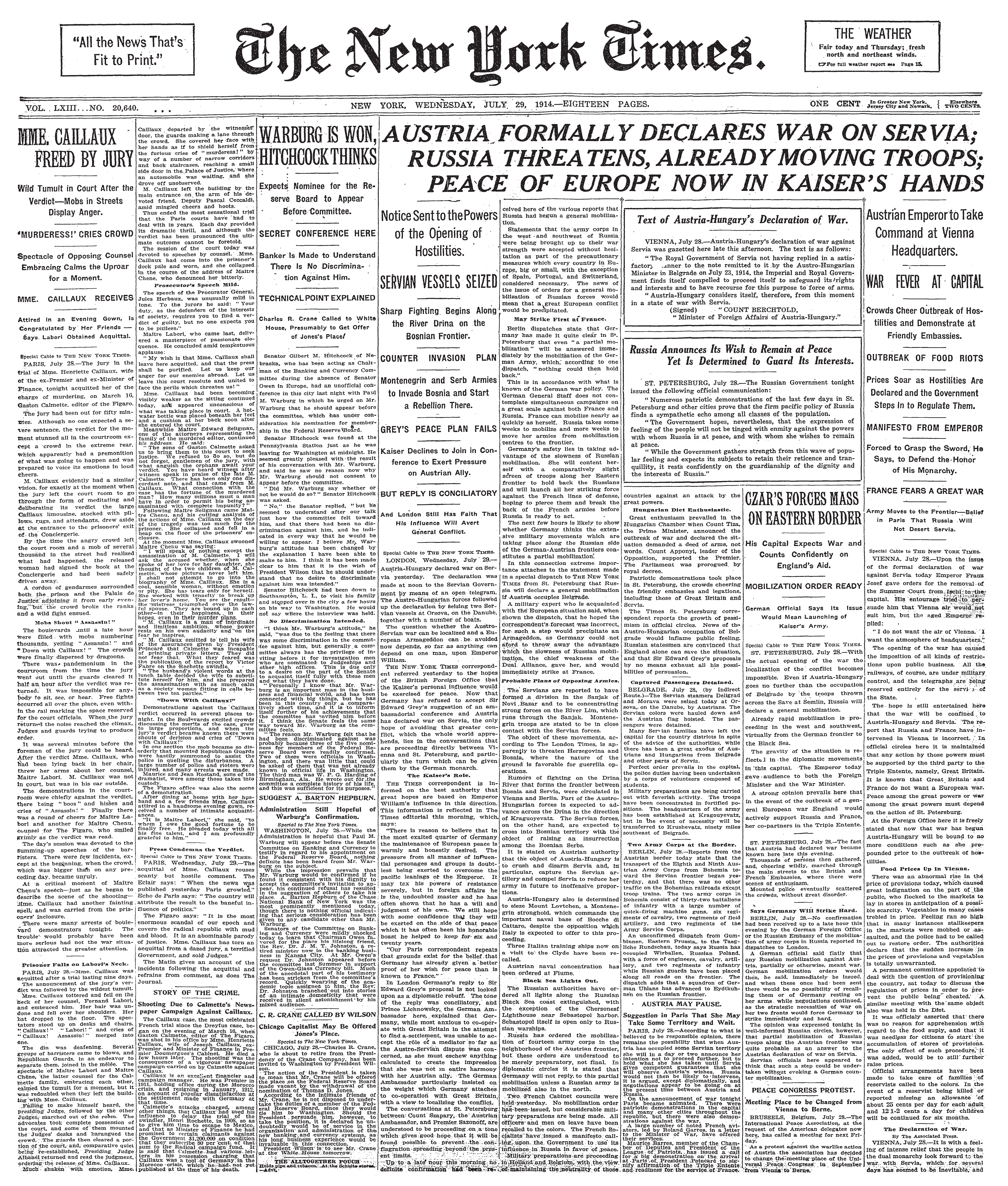I started piano lessons when I was five years old at my local Fine Arts Center. A couple years into my musical journey, I upgraded to an advanced piano class, where the teacher, on top of making everyone learn and perform songs from the Suzuki Piano books and academic track, allowed students to choose their own songs to learn. I was a bit of an ambitious 8-year-old, bringing in works from the likes of the entire Piano-Conductor score of Les Misérables to classic songs by the Beatles, but I remember throughout the years of learning the Suzuki method, I consistently brought in music from the Final Fantasy series, specifically Final Fantasy XIII and XIII-2, both games I owned on my XBOX 360 and was obsessed with at the time.
For sake of context, Final Fantasy is a role-playing video game series known for its incredible world-building, deep character development, and rich combat systems, all of which change for every single game in the main franchise (for example, if you play through Final Fantasy VII and Final Fantasy VII Remake, you’ll quickly realize that the two are not the same in terms of combat and even plot). The Final Fantasy series is also known for its rich and sprawling musical catalog in the repertoire of video gaming. The music is one of the main contributing factors to how the player delves into whatever world they are given, whether it’s Spira from FFX, Valisthea from FFXVI, or Gran Pulse and Cocoon from FFXIII (two worlds 8-year old me was VERY familiar with).

The style of music Final Fantasy involves can mostly be attributed to composer Nobeo Uematsu, a self-taught piano player who composed the scores to Final Fantasy games I-X. Uematsu listened to quite a bit of conceptual and progressive rock music, such as the Beatles, Elton John, Pink Floyd, and King Crimson, citing all those names as his biggest influences for the Final Fantasy series. On a first listen, it may be initially confusing on how these bands and musicians could have influenced these scores so much, but luckily there’s a connection: the leitmotif. A leitmotif is any recurring musical theme, usually representing a symbol or character(think of the Imperial March playing EVERYTIME Darth Vader shows up in Star Wars – just the existence of that piece adds so much to Vader’s characterization as a terrifying and dark figure). These leitmotivs appear individually in albums such as Sgt. Peppers Lonely Hearts Club Band, The Dark Side of the Moon, and In the Court of the Crimson King, usually representing symbols of emotional value, changed by the context in which they are found.

These leitmotivs are more than prevalent in Uematsu’s work. If you listen to Kefka’s Theme from FFVI (the theme for main villain from the game which plays every time he appears, a la Imperial March), you hear a clown-like (yet simple) theme, mockingly played out through chiptune. Later, when he (spoiler alert) comes back as the final boss after becoming the ruling deity of the game’s universe, the final boss theme, a prog-rock epic called Dancing Mad, recites this same melody surrounded by shifting basslines and sporadic time signatures. The progression of the musical theme allows the player to identify with this character and also the progression of their arc throughout the game. Originally, this melody is played through an accordion-esque instrument, perfectly fit for a clown. When this melody comes back in Dancing Mad, it’s played with a church organ patch, an instrument used typically in a religious context, musically illustrating the “GOD” status Kefka has reached at this point in the game(for reference, look at the sheet music snippets below, specifically Kefka’s Theme and the top line of Dancing Mad — same melody, different contexts). These kind of leitmotivs are used throughout every single Final Fantasy game, even games Uematsu didn’t compose, showing both his influence and Final Fantasy’s roots in music that tells a story.


Nowadays, Final Fantasy music is popular, well-known, and revered by most people. “One Winged Angel” (Sephiroth’s theme from Final Fantasy VII) is known as one of the most recognizable songs from gaming due to both the popularity of FFVII and its Remake, as well as the features of Cloud and Sephiroth in Super Smash Bros. Square Enix has released three separate Theatrhythm rhythm games, which feature Final Fantasy characters fending off against monsters while the player presses buttons in time (think Guitar Hero but an RPG). Distant Worlds is a touring orchestra that specifically plays orchestral arrangements of Final Fantasy music, and they were just at the Nashville Schermerhorn Symphony Center last year. Clearly, Final Fantasy music has resonated with countless other fans besides me. In my free time, I still pull up a FFXIII Piano Collections sheet music book now and then to work out the melodies I grew up with and track my own personal musical journey, and it’s a really special constant in my creative life. It makes me glad to know that music I feel so fondly about has affected so many others.
-Spencer 🙂
Sources:
MuseScore – musescore.com (transcriptions by Torby Brand(Kefka’s Theme) and Umbral Goat(Dancing Mad))








You must be logged in to post a comment.